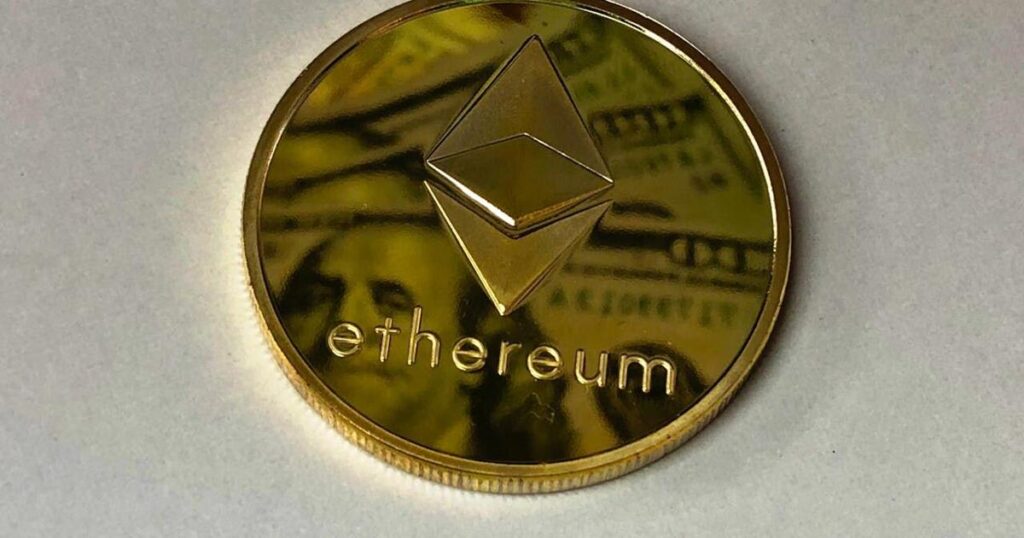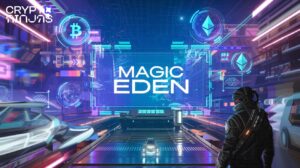NFTs and Ethereum: Pioneering the Evolution of Digital Art and Collectibles | Editorial Contribution

Thanks to blockchain technology, there has been a new way of owning and selling digital rights, especially through NFTs. Ethereum, the second largest digital currency by market capitalization, is at the forefront of this revolution as the premier blockchain platform for decentralized applications. NFTs have not only transformed the market of digital art and collectibles but also redefined the concept of ownership and value in the internet world. This article aims to explore the impact of Ethereum on the rise of NFTs and their significance in digital art and collectibles.
Understanding NFTs
Non-fungible tokens (NFTs) are digital tokens used to prove ownership of an object or content piece based on blockchain technology. Unlike traditional cryptocurrencies like Bitcoin or Ethereum, where assets are interchangeable and can be traded one-for-one, NFTs are unique. Each NFT is distinct and has specific attributes that set it apart from others, and this uniqueness is recorded on a blockchain to verify its originality. This makes NFTs suitable for owning digital art, collectibles, music, virtual real estate, and even tweets.
Ethereum and the Rise of NFTs
Ethereum is the ideal platform for NFTs because of its support for smart contracts, which are contracts where the terms are directly coded into the agreement. These smart contracts facilitate the creation, sale, and exchange of NFTs without the need for a centralized authority. The most common protocols used to develop NFTs on the Ethereum network are ERC-721 and ERC-1155 token standards.
The ERC-721 standard, introduced in 2017, allows the creation of tokens with specific numbers and attributes that are not replicated in any other token. The later ERC-1155 standard is more versatile, enabling the generation of both fungible and non-fungible tokens within a single contract. These standards have attracted numerous NFT projects and marketplaces to Ethereum, making it the most popular blockchain for NFTs.
The Digital Art Revolution
NFTs have revolutionized the world of digital art, providing artists with new opportunities to sell their creations. Traditional digital art often faces challenges related to ownership and authenticity. With NFTs, artists can tokenize their work as a single copy on the Ethereum blockchain, proving the genuineness of the artwork. This has opened up new revenue streams for artists, allowing them to sell their art directly to consumers without intermediaries.
Notable examples of NFTs in digital art include Beeple’s “Everyday: The ‘First 5000 Days’” which was sold for $69 million at Christie’s auction, raising awareness among collectors and art enthusiasts about the potential of NFTs in the art world. Artists like Beeple, Pak, and Trevor Jones have benefited significantly from this technology, earning substantial profits from selling their NFTs.
Collectibles and Gaming
Besides art, NFTs have also made an impact on collectibles and gaming. Projects like CryptoKitties allow users to trade, buy, and sell unique digital assets like cats, creating a new concept of digital collectibles. This trend has expanded to include virtual trading cards, virtual real estate, and various other items.
In the gaming industry, NFTs enable players to have genuine ownership of in-game items, allowing them to trade or sell their assets within blockchain-based games like Axie Infinity and Decentraland, providing players with opportunities to earn real money.
Challenges and Criticisms
However, NFTs and the Ethereum network face several challenges and criticisms. One primary concern is the environmental impact of blockchain technology. Ethereum’s current proof-of-work consensus algorithm consumes high levels of energy, raising concerns about the carbon footprint of NFT transactions. Ethereum’s transition to a proof-of-stake consensus mechanism with Ethereum 2.0 is expected to address this issue by reducing energy consumption.
Other criticisms include the speculative nature of the NFT market, with some comparing its rapid price growth to a bubble. There are also concerns regarding ownership disputes related to copyright and intellectual property infringement when minting and selling NFTs of content owned by others.
Despite these challenges, non-fungible tokens on the Ethereum blockchain have become the forefront of digital art and collectible markets, benefiting artists, gamers, and collectors. While there are threats to the technology, such as environmental impact and market speculation, the potential for revolutionizing various industries is evident. As Ethereum continues to evolve and integrate NFTs into mainstream culture, it is clear that creative applications of this technology will continue to redefine the ownership and sale of digital assets.
Source link
#NFTs #Ethereum #Future #Digital #Art #Collectibles #Contributed #Content





